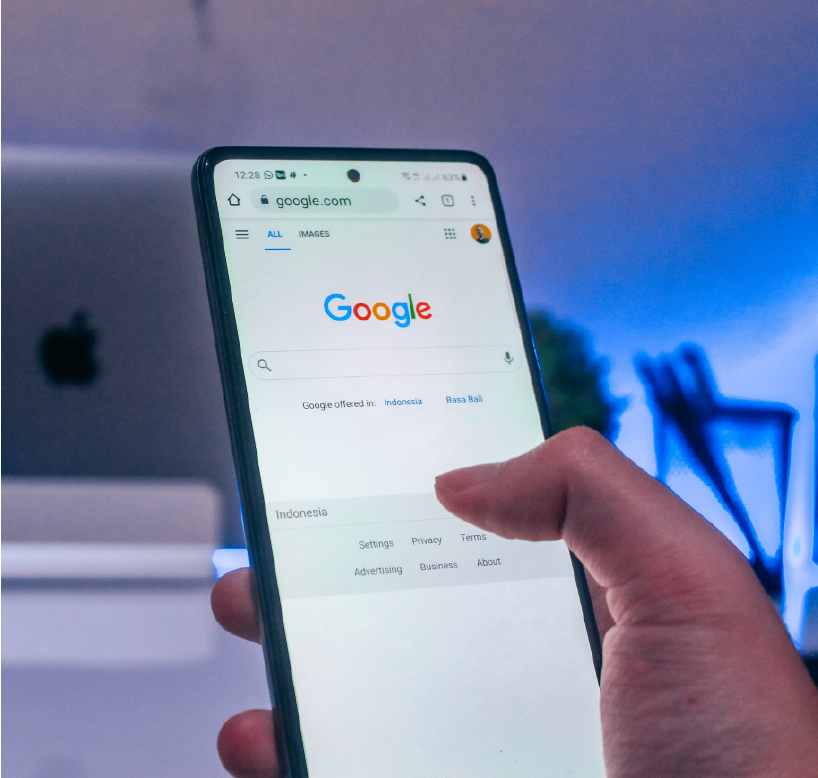The pros and cons, from a pro
“Don’t push people to where you want to be; meet them where they are.” – Meghan Keaney Anderson
Social media marketing and Google advertising can work incredibly well for marketing to and getting engagement from your target audience. But, like anything, to make it work you need to do it right – and that starts by understanding what you’re looking for from your marketing.
While both media choices fall under the umbrella of digital marketing, they work quite differently. One pushes, the other pulls.
Let’s start by looking at the differences between the two approaches.
Social media advertising – the pros and cons
Social media advertising is the push – it lets you get in touch with people in your target audience who may have never heard of your brand, product or service. It’s now surpassing traditional forms of media advertising in its ability to connect with past, current, and potential customers, to increase awareness of your business and to boost leads and sales. This makes it ideal for expanding your reach or launching unique offerings.
Spread the net wide
There are an estimated 3 billion monthly users across all social platforms. Depending on your target audience and budget, this means you can reach huge numbers of potential new customers. This also has a downside – a wider net means you’re getting in front of people who may not be ready to buy.
Boost SEO
Social advertising can boost your SEO by driving traffic to your site – a key part of moving your site up the rankings.
Make it easy for customers to get in touch
Social platforms have always been customer service channels as well as marketing ones. They allow people to easily reach you, which improves customer service and satisfaction. You have to be ready for this openness, though – be prepared for challenging questions and answering them quickly.
Increase brand loyalty
When you’re always appearing on newsfeeds and timelines, your brand will stay top of mind – so when your customers are ready to buy, they’ll buy from you.
Cost-efficient
As with most marketing, the more you spend the more return, but there is almost no minimum. On platforms such as Facebook and Instagram, you can promote your brand for as little as a dollar a day.
Get very targeted
Platforms like Facebook hold deep levels of data on their users. This means you can get very granular in your targeting. You can, for instance, set the age, location, interests and relationship status of the people you want your ads served to. This level of targeting is unmatched by any other type of advertising.
Google advertising – the pros and cons
Google advertising is the pull. It puts you in front of people who are already looking for your product or service – giving you a smaller audience, but one that, arguably, is more ready to buy.
Side-step SEO hassles
To get top of the page in a Google search result takes long-term, painstaking attention on building your SEO. While this is certainly worthwhile, Google ads let you shortcut this process. Great ads will mean your site listing appears at the top of results, increasing traffic to your site. This means you bring in leads immediately and also contribute to the SEO of your site.
Warmer leads
Google ads are designed to send targeted leads to your website, whether to buy from your e-commerce store or to fill in your contact form. People who click on your ad have already taken the time to search for a product or service like yours. It means when they get in touch, they’re at the bottom of the funnel, ready to buy.
Pay for clicks, not impressions
The Google ad-payment structure means you only pay when someone clicks on your ad. You don’t pay every time your ad appears in a search result. This is different from traditional and social media advertising and means great Google campaigns can have a very high return on investment.
Transparent results, easier optimisation
The results for Google advertising are far more transparent than most other marketing platforms. You can drill down to see everything – even the exact wording each lead searched for. This makes it far easier to optimise for the areas that perform better.
Target by area
While there’s not much capacity to refine who your ads are served to, you can restrict by location.
Which one will work best for you?
Deciding where to put your marketing budget comes down to what you offer and what you want your marketing to achieve.
Do you need to reach a broader audience, and fill your marketing funnel from the top to the bottom? Social might work better – especially if you’re offering something niche or unique. Are you looking to get a jump on competitors in a crowded market? Google might be a better option, especially if lots of people are searching for your offering every day.
It’s also worth considering where your audience will most likely engage with your ads. Usually, if you have something tangible like a product you’ll find you’ll get more engagement on a platform like Facebook. If you’re offering a service, you may find more success advertising with Google. A mix of both can also work well for some companies, with each campaign playing a different role in your marketing strategy.
Importantly, you need to start any marketing effort with a plan. Define your goals, what you want your customers to do, and how you’ll measure success. Then make sure you have all the elements in place to support your campaign – do you need a landing page or an amazing piece of content to capture leads? Is the functionality on your site welcoming and easy?
Once you embark on a plan, give it time before trying something different. Digital marketing results – like Rome – can’t be built in a day.





